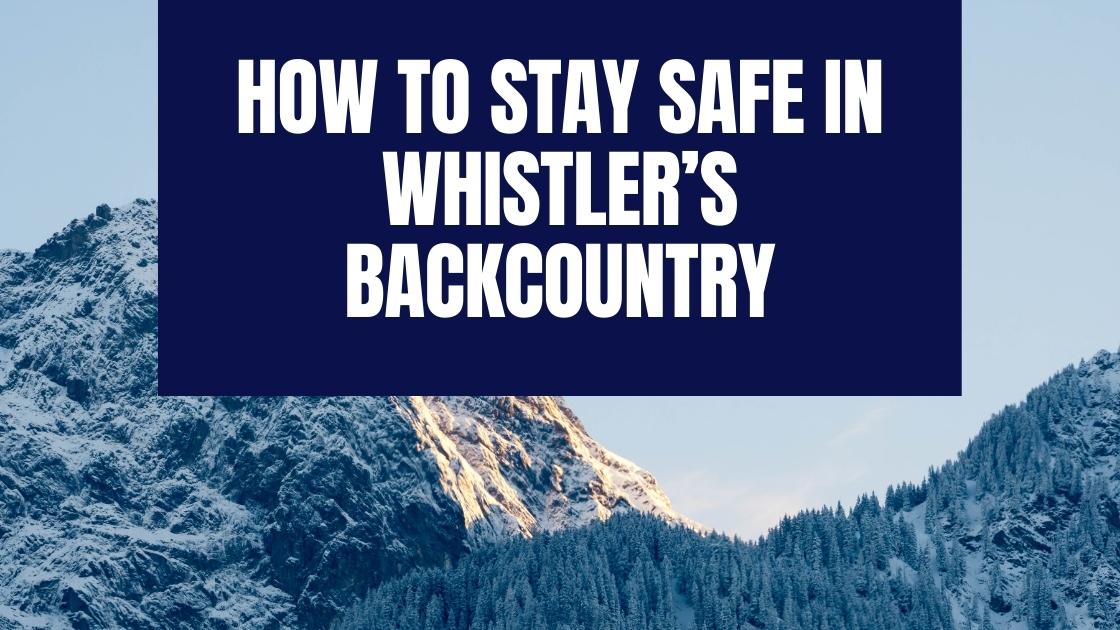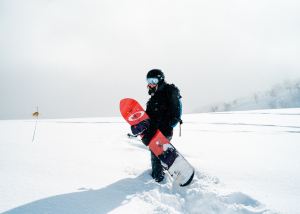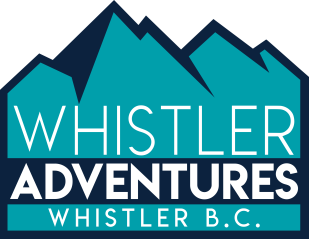How to Stay Safe in Whistler’s Backcountry

Are you sick of skiing the resort and want to head out into the Whistler backcountry? Are you ready?
Before you even think about heading out into Whistler’s backcountry, you have to make sure that you understand the dangers of what’s out there.
Aside from not dressing for the elements and getting lost, the main danger of venturing into the backcountry is the high risk of avalanches. If you aren’t sure what you’re doing or wander into a sketchy part of the mountain by accident, your day could very quickly take a turn for the worse.
The Backcountry is a Big Adventure, But Also a Bigger Risk
Over the years, many skiers and snowmobile riders have gotten themselves trapped under avalanches. Most of them had plenty of backcountry knowledge and carried the correct tools. Unfortunately, a high percentage of those in the avalanches didn’t make it out alive.
Between March 2020 and March 2021, Whistler Search and Rescue saw a 38% jump in calls requiring mobilization in the backcountry. 33 of these were deemed medical rescues, 14 considered search missions, and 29 considered evacuations. Half a dozen incidents resulted in deaths last year, many due to avalanches.
Whistler Search and Rescue teams have found that many of those getting stranded after avalanches in the backcountry has a “lack of preparedness to spend the night in the elements,” (Pique Newspaper) and reminds backcountry enthusiasts “the importance of reading and understanding the entire bulletin and not just the general hazard rating,” (Pique Newspaper).
Many people choose to ignore the incredible dangers that are out in the backcountry. With the massive amounts of people starting to explore the backcountry, it’s important to remember that you’re going out of bounds and into territory that is ever-changing.
Consider AST Before Exploring Whistler’s Backcountry
You can’t just leave your house and head into the backcountry. First, ask yourself how good of a skier or snowmobiler you are. It’s tough, but you need to be honest with yourself. If you get tired after a few hours of blue runs on the mountain, you may want to stick to the in-bounds trails or other outdoor activities for a bit longer.
If you’ve been skiing for a while and are truly ready to branch out, you should consider taking an Avalanche Skills Training Course (AST course) to prepare you for the wild and sometimes unpredictable terrain.
The course will give you insight into the dangers of the mountain, how to read avalanche guides, as well as teach you how to best use your gear.
What to Bring When You Go Backcountry Skiing or Snowboarding
When you’re heading out into the backcountry, you must have more than just your skis and a warm jacket.
Here are some of our essentials:
- Map (that doesn’t require cell service!)
- Compass
- Sun protection
- Extra Layers (down jacket, vest, pant, and glove)
- Headlamps
- Extra batteries
- First-aid kit
- Matches and Fire Starter
- Waterproof container
- A multi-tool with a knife
- Pre-cut strips of duct tape
- Tent or tarp
- Emergency Space Blanket
- Extra Food and Water
It’s also essential to wear moisture-wicking base layers, as well as comfortable clothing and layers. It’s all about layering and having backups – there’s nothing worse than cold and wet clothing.
What to Do Before You Leave the House
Every trip into the backcountry is going to be different. It’s so important to make sure to prep and plan before starting your day.
- Check the forecasts. Ensure that you know about avalanche warnings, whether it’s supposed to rain or snow, sunset times, and freezing levels. Ask yourself what the danger ratings are in the elevation levels you expect to travel in, what avalanche problems exist in the area you’re trying to venture to, what the weather is looking like, and if there are any recent avalanche warnings for your site.
- Plan your trip. We recommend using the Avalanche Trip Planner to help you decide where to go. The planner uses the avalanche danger ratings in your area to recommend backcountry terrain with lower risks of avalanches. Think of it as your first backcountry guide. Once again, we strongly recommend taking an AST course to understand best how to utilize all of the online avalanche warnings and planners.
- Get a group together. Never go out into Whistler’s backcountry alone. You always want to go touring with at least one other person, just in case things go south.
- Tell people where you’re going. Make sure that your close friends and family members know that you’re heading out into Whistler’s backcountry and how many days or hours you plan to be gone for. If nobody knows you’re out there, they won’t know to send help looking for you if you happen to go missing.
- Triple check your gear. The essential items that you’ll need are warm, waterproof layers, transceivers, probes, and shovels. It’s also vital to pack sufficient food and water. Be sure that each person going out with you also has all of these items.
What to Do Once You Are in the Backcountry

Secret stashes are not hard to find with a ski or snowboard guide.
Once you’re out in the snow, you’re going to want to verify the conditions. Yes, you’ve already checked the forecasts, but like we keep reiterating, things change by the second when backcountry skiing in Whistler.
So what you read two hours ago could be incredibly different once you’re out in the mountains.
Be sure to walk in a line to avoid triggering avalanches and group up in safe spots. You should also always plan an escape route. Finally, continue looking for any irregular patches of snow and evaluate the slopes.
If just one person in your group is uncomfortable skiing or venturing to a specific zone, make sure that your entire group communicates well and finds a new spot that everyone is comfortable with.
Safety is always the top priority in the backcountry.
Additional Whistler Backcountry Resources
Avalanche.ca is going to be your best friend when you start touring. The site has everything from weather reports to avalanche warnings and trip planners and slope evaluation guides.
AST courses are available across BC. Start with AST 1, which is designed to get people comfortable with avalanche formations and how to use backcountry gear. AST 2 will bring you into even more challenging and complex terrain, focusing on observational tools and experiential decision-making.
Tourism Whistler also has daily Backcountry Avalanche Advisories, weather forecasts, wind slabs, and travel and terrain advice.
We also offer an epic backcountry snowmobile tour for families, powder hounds, and everyone in between. AST certification is required for advanced snowmobile tours, but those looking to ride beginner backcountry trails just need to be 19+.
Finally, you can always check out Whistler Blackcomb’s official snow and weather reports which offer weather forecasts, live temperatures on the mountain, live wind reports, webcams, and average snow counts.
Main Takeaways For the Backcountry
If your brain doesn’t want to absorb all that information thoroughly, don’t worry, we get it. There’s a lot to remember.
You should have three main things in mind when you head out into Whistler’s backcountry: what are the conditions like, what you should bring with you, and who you’re going with.
Make sure to triple-check conditions before you head out, once you first get out there, and throughout the day as you switch up locations. Be sure to pack layers, food in case you’re stranded overnight, and your proper touring gear. Finally, gather a group and alert your friends and family that you’re headed out.
Good luck out there, and have fun backcountry skiing in Whistler!
